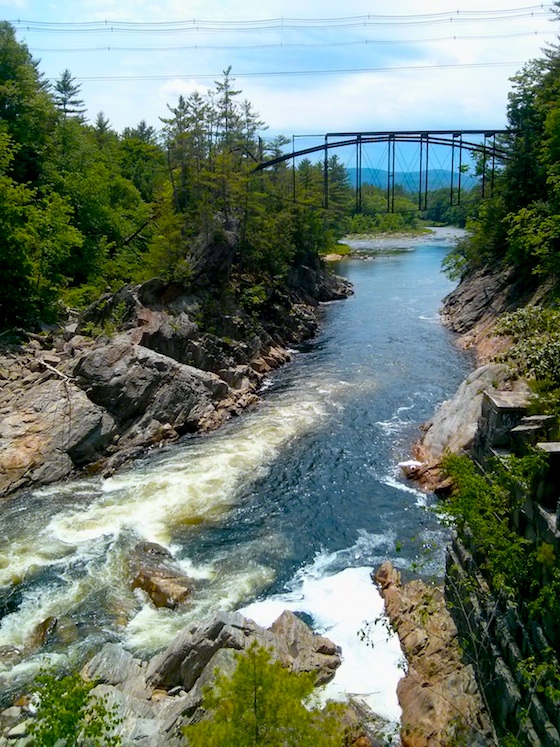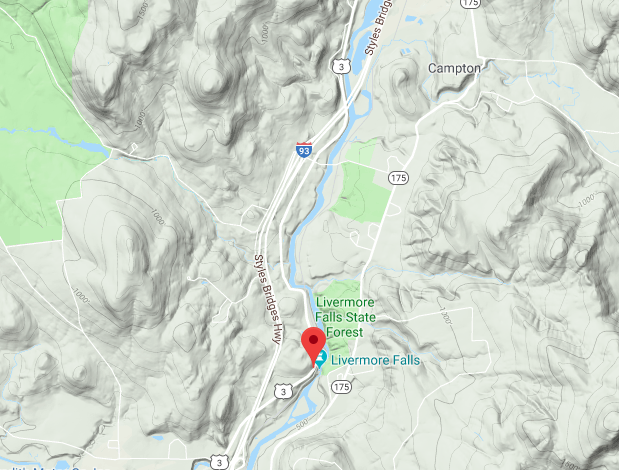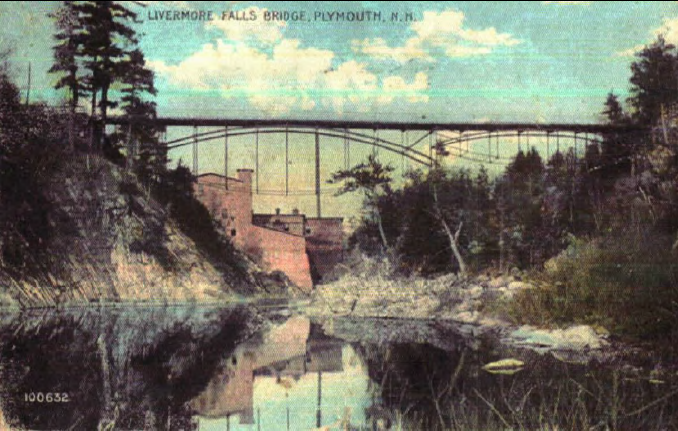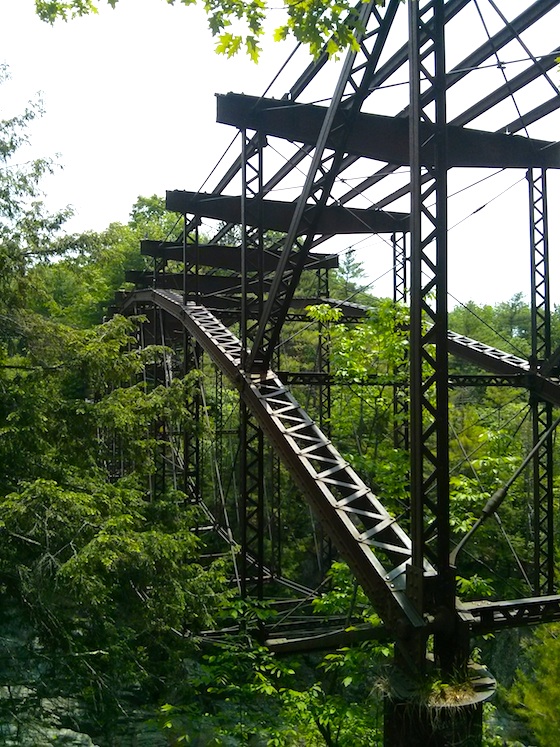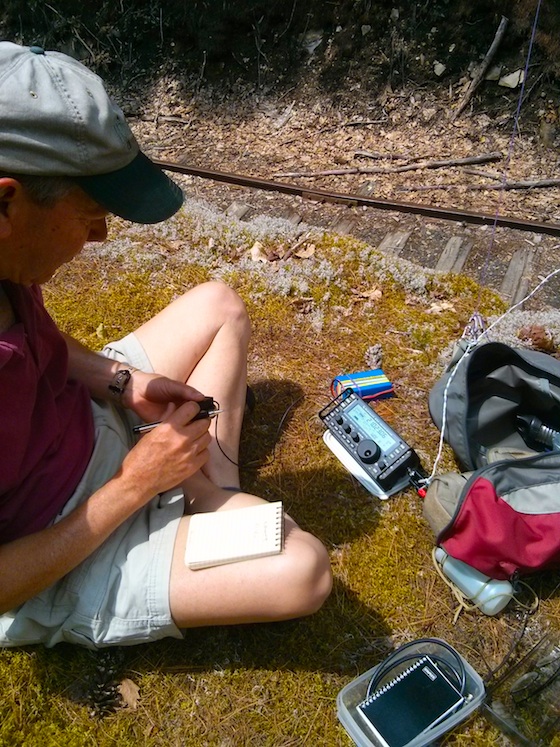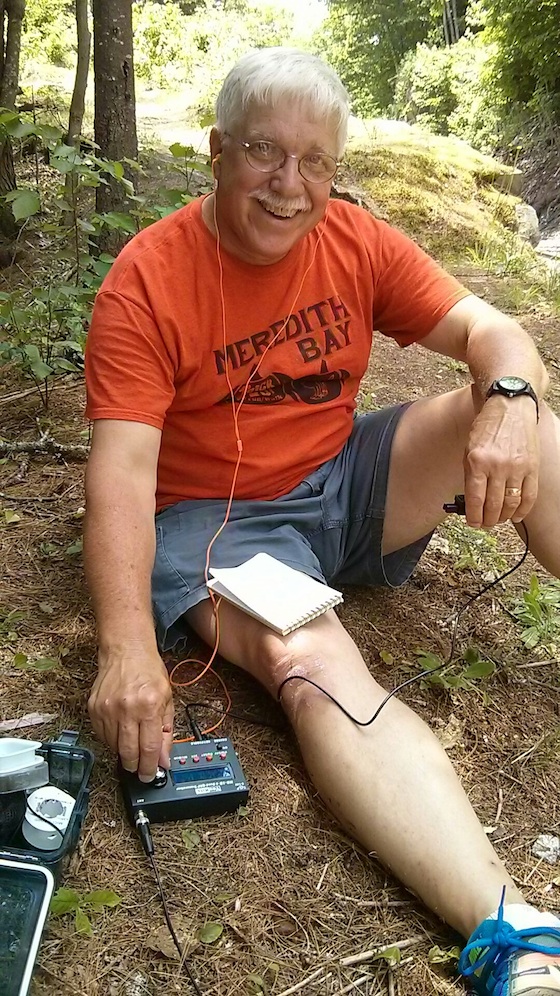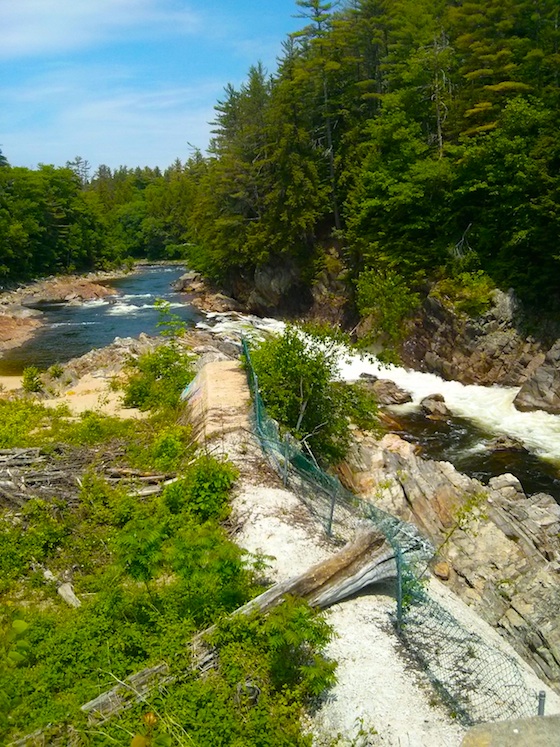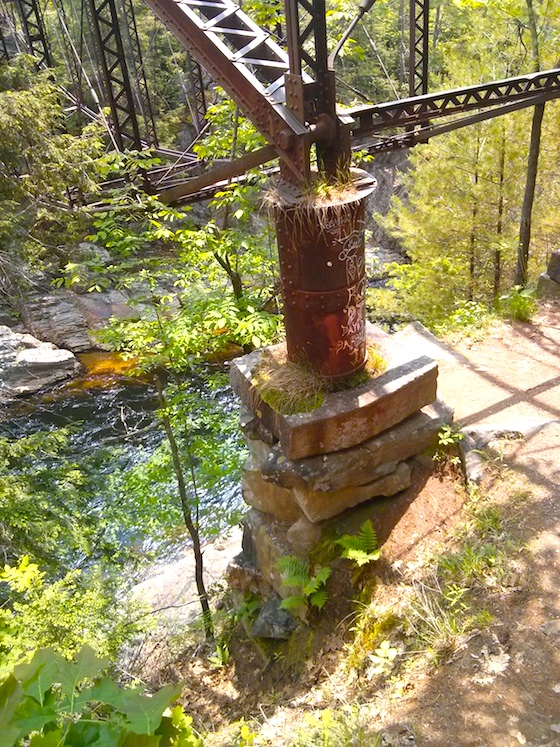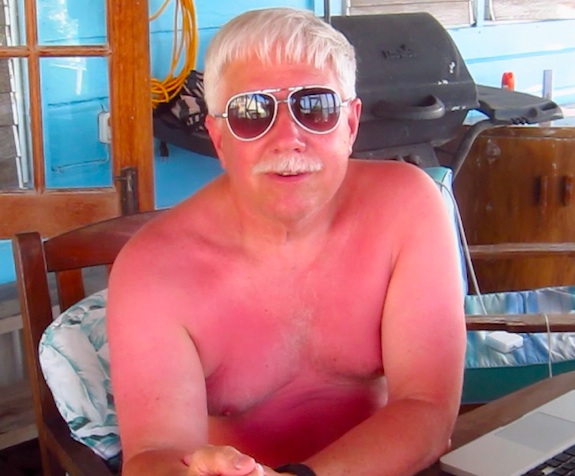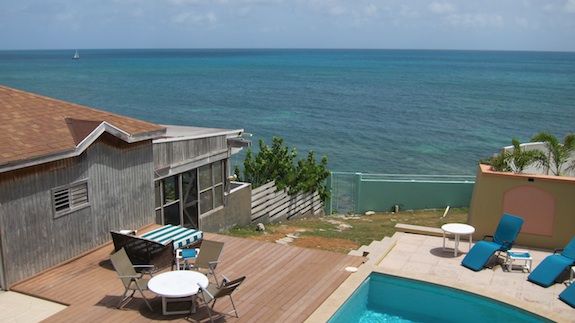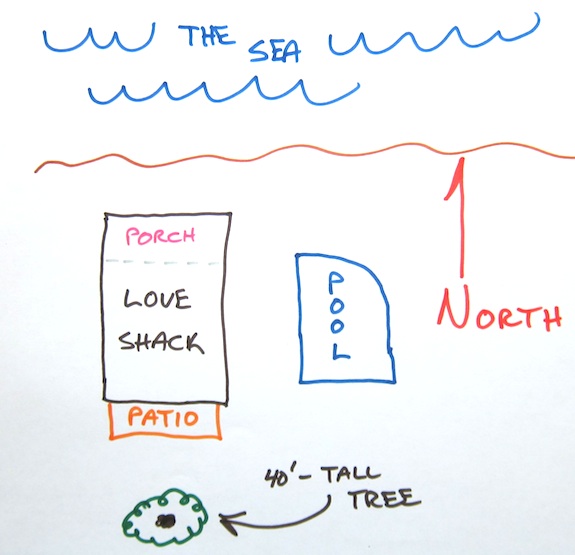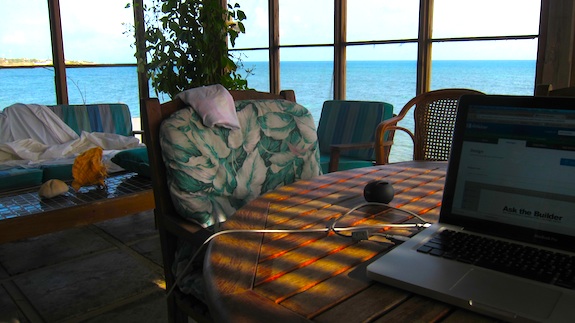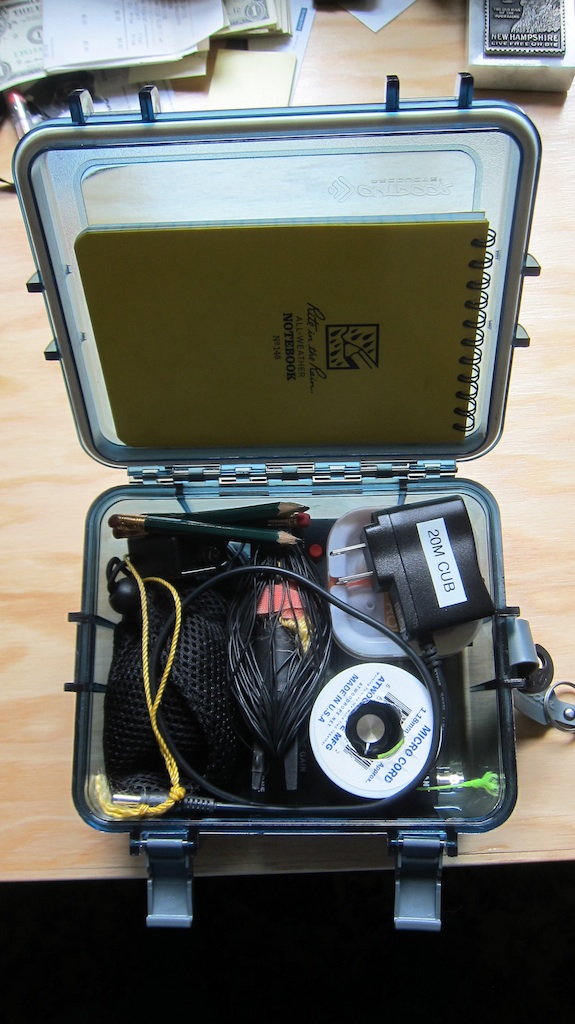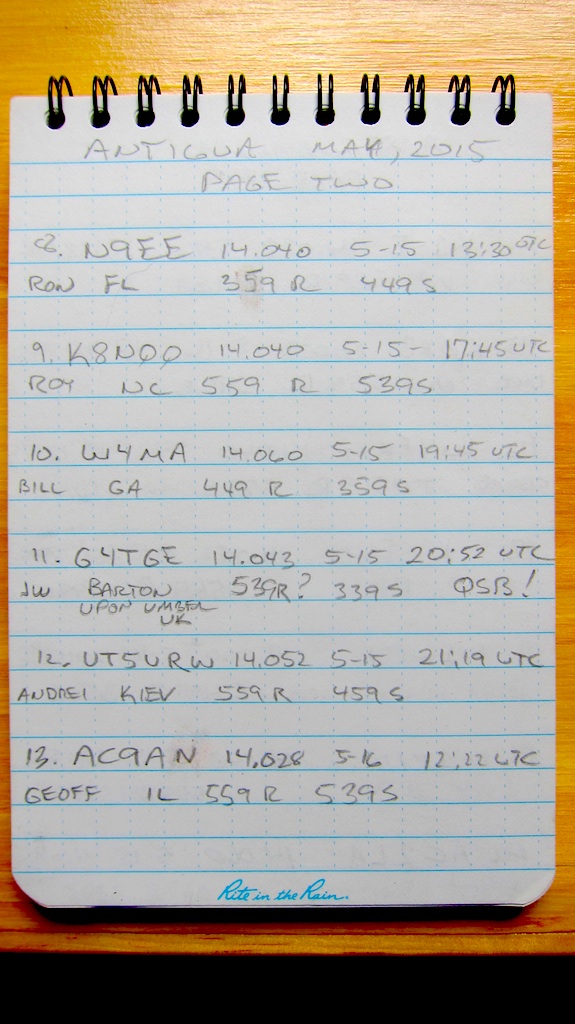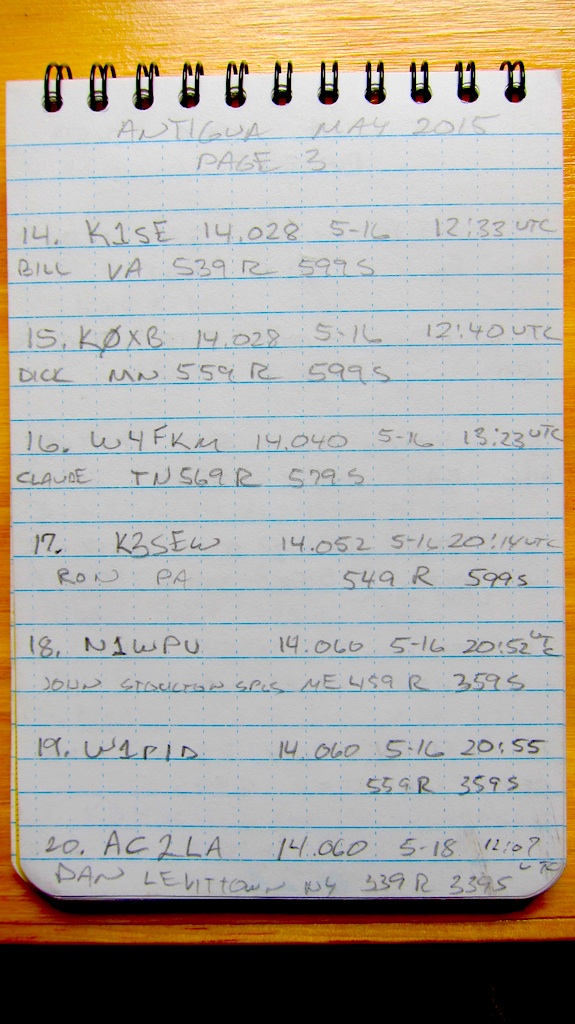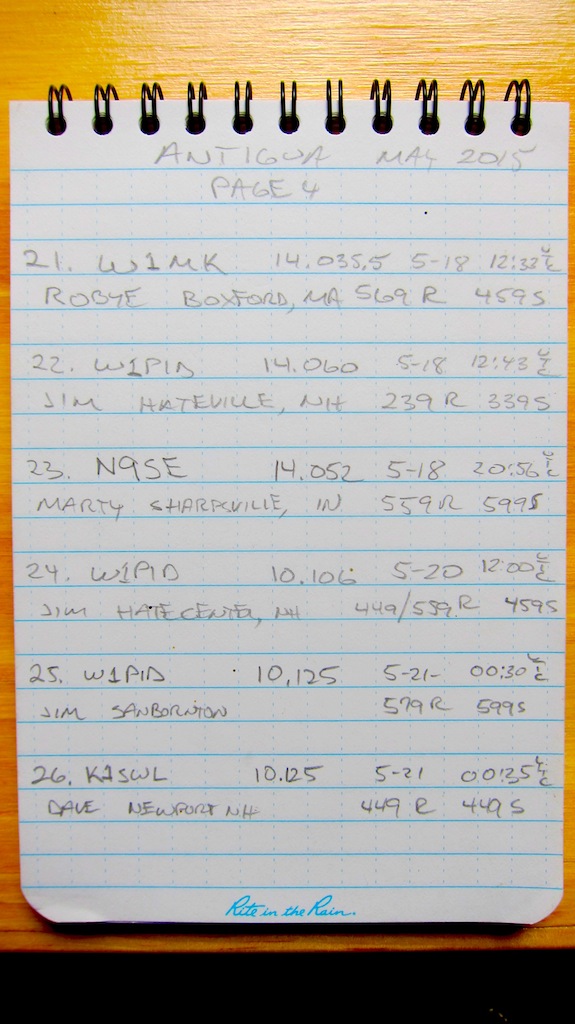“Put me on the spare board for this one, Cliff.”
That’s what I said to Cliff Dickinson, N1RCQ, back a month or so ago about the first public-service ham radio event of the year on the flanks of Mt. Washington. It was time for over 1,200 people to run, run/walk or walk to the top of Mt. Washington with the race set to start at 9:00 a.m.
I knew I’d be busy with re-roofing my home and I also felt there would be other new hams who would want to experience the epic nature of providing emergency communications on the infamous Mt. Washington Auto Road.
But as things turned out, Cliff needed me and I was driving towards the iconic mountain at 5:30 a.m. on Saturday June 20, 2015. It’s a good thing I left a little early because once I was on the north side of Crawford Notch, I got stuck in a quarter-mile backup of runners and other volunteers who were trying to pull into the event.
The day was cool and sunny. It was a rare bluebird day at the rock pile as Mt. Washington is affectionately known by those that work there and visit on a regular basis.
The term comes from the random large rocks that litter the top 1,000 feet or so of the mountain. The continental glaciers weren’t thick enough to completely cover Mt. Washington and carry them away. Normal weathering has left behind the millions of rocks of all shapes and sizes you see towards the top of this magnificent mountain.
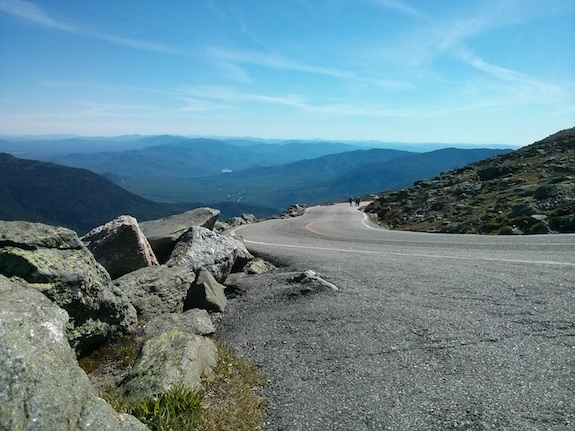
I’m at the hairpin turn landmark just below the cow pasture. This turn is about at the 5,550-foot elevation. Photo credit: Tim Carter
The base area of Mt. Washington was a hive of activity. Runners, friends or spouses of runners, volunteers, auto road employees were all bustling about. It’s controlled bedlam.
Hundreds of runners have a friend or family member take a car up to the summit so the runner can have a ride back down after the race. This traffic clogs the auto road from 7:15 a.m. until about 8:30 a.m. After that, the race organizers close down the road to all but authorized support vehicles.
I was stationed at the Hairpin Turn that’s just below the cow pasture near the summit. It’s about 700 feet in elevation below the summit. It’s a little over six miles from the base area to the Hairpin Turn.
This location has a great view out to the northeast and across to a few of the other peaks of the Presidential Range of the White Mountains. You’re at the top of what they call the Great Gorge.
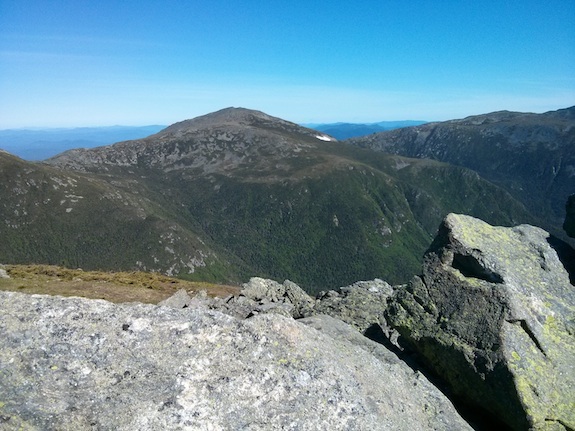
I’m reasonably sure this it Mt. Jefferson with Mt. Clay off to it’s left. Yes, that’s a patch of snow still hanging around. Photo credit: Tim Carter
My favorite part of an event on Mt. Washington is what I call the lull.
After the auto road closes but before the race begins, it’s just you and the mountain. On this particular bright and clear day, it was truly food for the soul.
The lull lasts longer the higher you are on the mountain. In my case it took the lead runner about 45 minutes to make it up to my location.
I usually ask to be higher up on the mountain for this reason, plus I enjoy the views when the weather cooperates.
Not only was it cloud-free – a rarity at this weird weather location – but it was unusually calm. There was not much wind. That’s even more rare.
This particular day it was peaceful, serene and quiet. It was just me and a black spider that must have had some roadrunner DNA in it because he could scatter over the blacktop like a quarter horse.
Before the race begins, it’s a normal practice for the net control operator to perform a roll call to make sure all the other radio operators are ready and the radio signals are strong. Each operator chimed in when called and some talked about food. I was fixated on pulled pork for some reason.
The race began and within an hour runners of all ages were huffing and puffing their way past me.
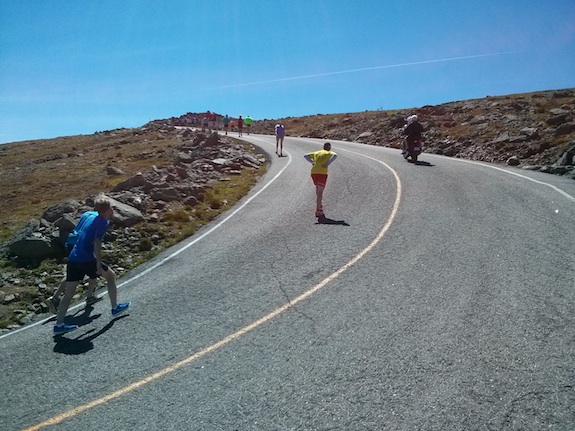
Here’s a group of runners clawing their way to the top. The photo really doesn’t show well the steepness of the inside part of the hairpin turn. Photo credit: Tim Carter
The Hairpin Turn location is a mentally tough part of the course for many runners. The grade at the inside part of the turn, the line most runners take, approaches 25 percent or more. By the time most runners get to this point, they’re exhausted and each step is an effort.
One woman was eternally grateful I took a crushed empty paper cup she got from the last water stop.
“Oh, thank you so much. Each gram of weight I can get rid of helps me make it to the top.”
A silly paper cup. How much does an empty paper cup weigh? Maybe a half an ounce? But after six grueling miles, to the average runner, it may seem like 50 pounds.
Many of the runners groaned or lamented out loud when they saw they had to grind their way up and past this short and steep part of the course.
As I watched each runner looking for signs of distress, my biggest takeaway was determination and goal setting.
I got to see George Etzweiler again. George is 95 years old and this year his running or walking companion was his 65-year-old son. Two years ago it was his grand daughter Katie.
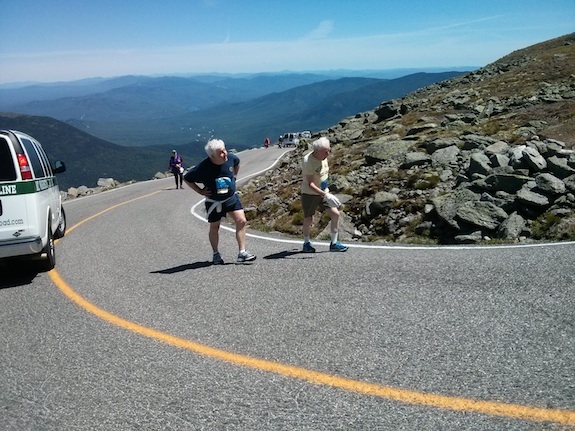
Here’s George Etzweiler in the beige shirt on the right. His son has his hands on his hips. If George can walk or climb to the top of Mt. Washington at age 95, you know you can do things you thought impossible. Photo credit: Tim Carter
George made it to the top grunting with each exhaled breath. How bad did he want to finish? What was his level of determination?
Not too far behind George was the last competitor. I don’t know her name. But she did finish the race and she was all alone doing it.
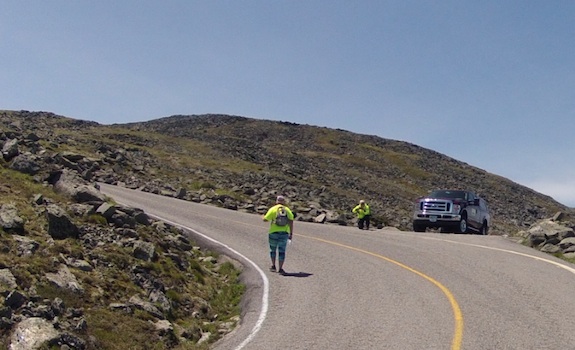
Here she is, number 174. She’s all alone in her thoughts trudging up the last mile. That’s me and my truck to the right. I was getting ready to snap the next photo you’ll see. Photo credit: Cliff Dickinson GoPro camera
I don’t know about you, but I’m going to use this race as inspiration to finish all sorts of projects, many of which have nothing to do with physical exercise. I believe it’s all about mental toughness at the end of the day.
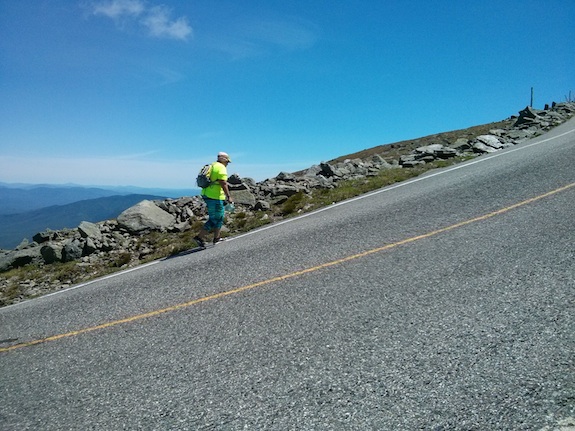
Here’s my photo of number 174. Now you get an idea of how steep the inside part of the Hairpin turn is. Can you imagine how your mind would be screaming at you to STOP? Photo credit: Tim Carter
The last runner, and just about every runner that day on Mt. Washington, decided she wasn’t going to give up and her legs obeyed willingly.
Good for her, George and all others who displayed such strong mental fortitude!
What are you going to finish now? Tell me in the comment section below.

